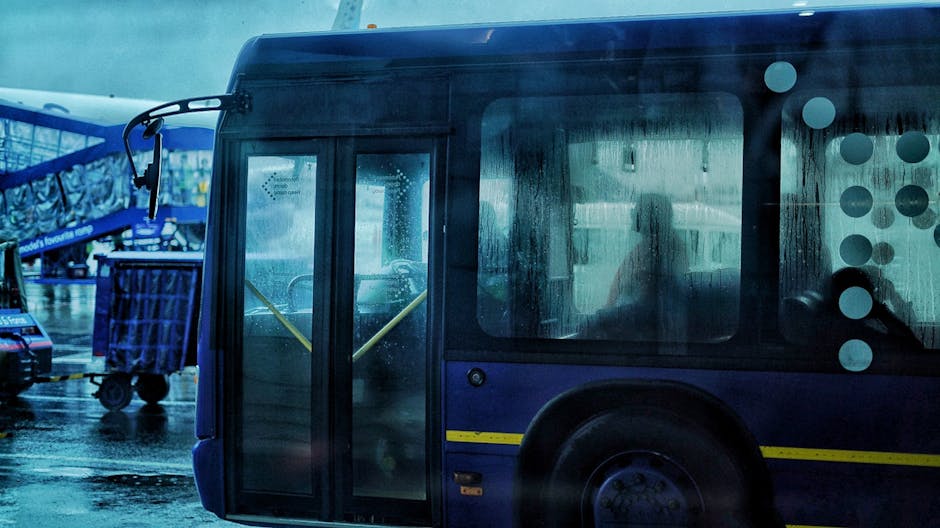In a move that could revolutionize connectivity between Mumbai and Navi Mumbai, plans are underway to construct an ambitious underground tunnel linking the two cities, with the Navi Mumbai International Airport (NMIA) as a key destination. This mega infrastructure project, if realized, promises to significantly reduce travel time, ease traffic congestion, and bolster economic growth in the Mumbai Metropolitan Region (MMR). Here’s everything we know about this groundbreaking initiative.
The Vision Behind the Project
The proposed tunnel is part of a larger strategy to enhance connectivity to the upcoming Navi Mumbai International Airport, which is expected to become operational by 2025. The airport, being developed by the City and Industrial Development Corporation (CIDCO) in collaboration with Adani Airport Holdings, is poised to be a game-changer for the region, handling 60 million passengers annually in its first phase.
However, with Mumbai’s notorious traffic and the distance between the two cities, seamless access to the airport has been a concern. The underground tunnel aims to address this challenge by providing a direct and efficient route, bypassing surface-level congestion and reducing travel time to mere minutes.
Project Details and Route
While the exact route of the tunnel is still under discussion, preliminary reports suggest it could start from Mumbai’s Eastern Express Highway or the proposed Coastal Road project and extend to the airport in Navi Mumbai. The tunnel is expected to span approximately 20-25 kilometers, making it one of the longest underground passages in India.
The project is likely to involve cutting-edge tunneling technology to ensure minimal environmental impact and maximum safety. Experts suggest that the tunnel could be designed to accommodate both vehicular traffic and possibly a Metro rail line, further enhancing its utility.
Benefits of the Tunnel
- Reduced Travel Time: Currently, traveling from Mumbai to Navi Mumbai can take anywhere from 1.5 to 3 hours, depending on traffic. The tunnel could slash this time to just 20-30 minutes, making it a boon for daily commuters and air travelers alike.
- Decongestion of Roads: By diverting a significant portion of traffic underground, the project could alleviate pressure on existing roads and highways, such as the Mumbai-Pune Expressway and Sion-Panvel Highway.
- Economic Boost: Improved connectivity is expected to spur economic activity in Navi Mumbai, attracting investments in real estate, hospitality, and commercial sectors. The airport itself is projected to create lakhs of jobs and generate billions in revenue.
- Environmental Benefits: With reduced surface-level traffic, the project could contribute to lower carbon emissions and improved air quality in the region.
Challenges and Concerns
While the project holds immense promise, it is not without its challenges.
1. Cost and Funding: Constructing an underground tunnel of this scale is a capital-intensive endeavor, with estimates suggesting a cost of several thousand crores. Securing funding and ensuring financial viability will be critical.
2. Technical Complexity: Tunneling through Mumbai’s dense urban landscape, including its coastal terrain, presents significant engineering challenges. Ensuring the safety and stability of the tunnel will require meticulous planning and execution.
3. Environmental Impact: While the tunnel could reduce surface-level pollution, its construction might have ecological consequences, particularly in coastal areas. Balancing development with environmental sustainability will be key.
4. Coordination Among Stakeholders: The project will require seamless collaboration between multiple agencies, including CIDCO, the Maharashtra government, the Brihanmumbai Municipal Corporation (BMC), and private developers.
Timeline and Next Steps
As of now, the project is in the conceptual stage, with feasibility studies and detailed project reports (DPRs) underway. Authorities are also exploring partnerships with international tunneling experts and private investors to bring the vision to life. If all goes as planned, construction could commence within the next 2-3 years, with the tunnel becoming operational by the end of the decade.
A Game-Changer for Mumbai Metropolitan Region
The Mumbai-Navi Mumbai tunnel project is more than just an infrastructure initiative; it is a testament to the region’s ambition to become a global economic hub. By bridging the gap between Mumbai and Navi Mumbai, the project could redefine connectivity, boost tourism, and position the MMR as a model for sustainable urban development.
As Mumbai gears up for this transformative journey, all eyes are on the authorities to turn this bold vision into reality. Stay tuned for the latest updates on this mega project!




